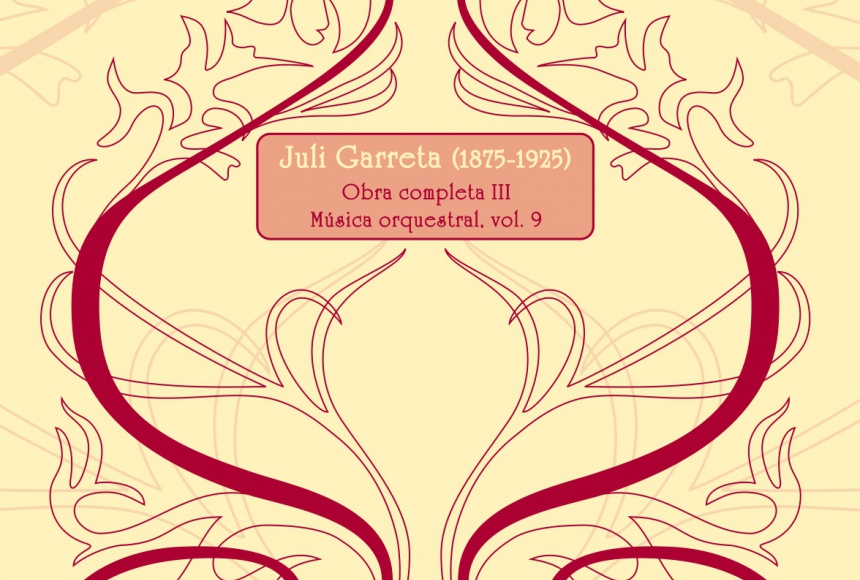Tritó publishes two orchestral works by Juli Garreta

Mediterranean. Prelude for orchestra
Garreta composed the Mediterranean symphonic prelude in 1917 spurred on by the call for a competition in Madrid, as Joaquim Rabaseda explains in the preface to the edition. The work was premiered on November 15, 1918 at the Palau de la Música Catalana by the orchestra of the Associació Amics de la Música directed by Francesc Pujol, and was performed again in February of the following year. Since then, we have no record of it being interpreted again.
Mediterrani is the first of Juli Garreta's five major mature compositions for symphony orchestra (Suite in G, Pastoral, Les illes Medes and Concerto for violin and orchestra would follow). It is a work in one movement of about ten minutes duration and which contains some of the characteristic features of the author's writing.
Maria Sardana for orchestra
Nine of Juli Garreta's sixty-eight sardanas for couplets were orchestrated for symphony orchestra between 1906 and 1935: Somni gris, Maria, Nydia, Giberola, A en Pau Casals, Isabel, Pedregada, Primavera and Juny. However, after the first, orchestrated by Joan Goula in 1906, fourteen years had to pass until the premiere of the following ones. Maria and Nydia were performed by the Associació Amics de la Música orchestra directed by Francesc Pujol on June 18, 1920 at the Palau de la Música Catalana.
The sardana Maria was originally composed in 1908 and dedicated to Maria Miquel i Basart, daughter of a friend of the composer, the Palafrugell businessman Joan Miquel i Avellí. The version for orchestra made by Garreta himself conforms to the usual template of a symphony orchestra. The composer renounced the use of couplet instruments such as the flabiol, the tibile or the tenora, which he did incorporate in later orchestrations of his own sardanas. The edition we present includes a preface by the musicologist Anna Costal.




